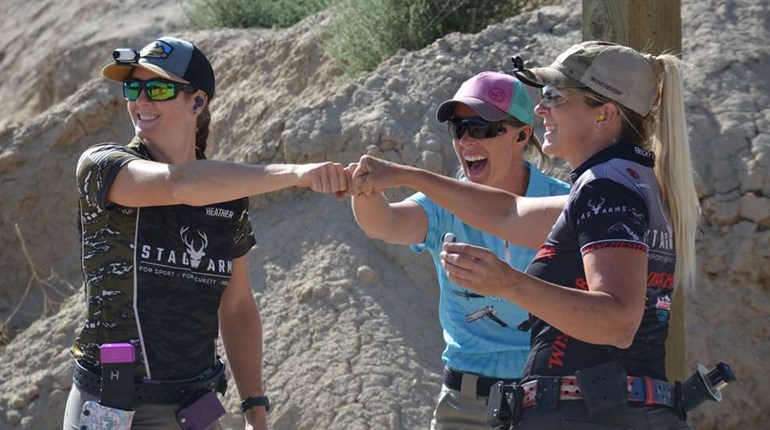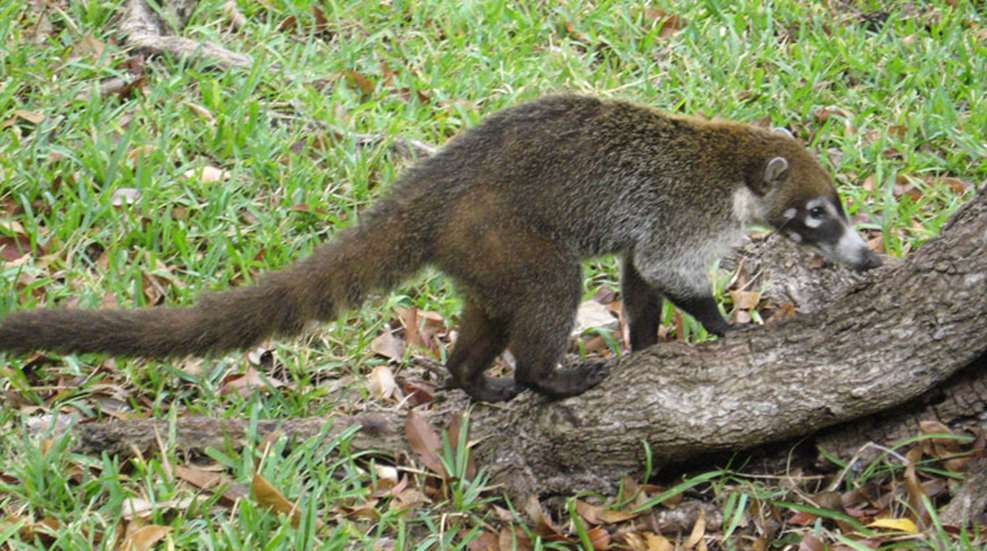
Found in southwestern Arizona, New Mexico and in parts of Texas, the white-nosed coati (coatimundi) is a relative of the raccoon. They weigh 10-25 pounds and stand 8 to 12 inches high, with a long, banded tail. These omnivorous animals feed on fruit and berries, as well as eggs, insects and lizards. Coatis are sociable creatures: They travel in bands and communicate with chirps, snorts and grunts.
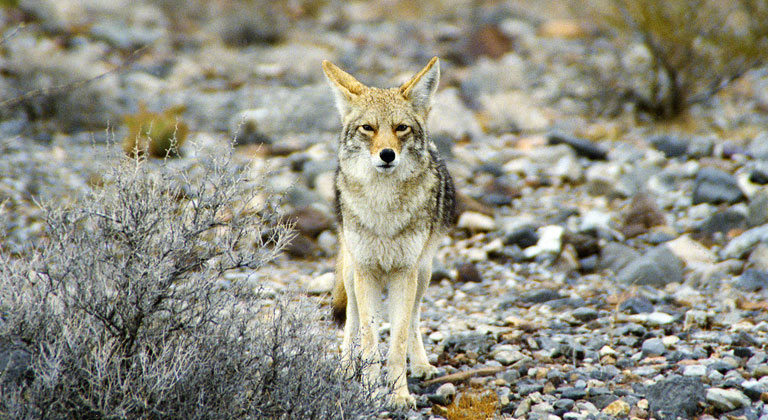
2. The Trickster
In many Native American legends, the coyote is a trickster with a reputation for outsmarting others. Perhaps this is because coyotes are resilient, adaptable animals that thrive in many environments and adjust their behavior to match conditions. They’re predators, but they’re not above scavenging or even eating plants, such as the “coyote melon.” Coyotes can run up to 40 miles per hour and will jump fences up to 8 feet high. Desert-dwelling coyotes are smaller than average, weighing about 20 pounds.
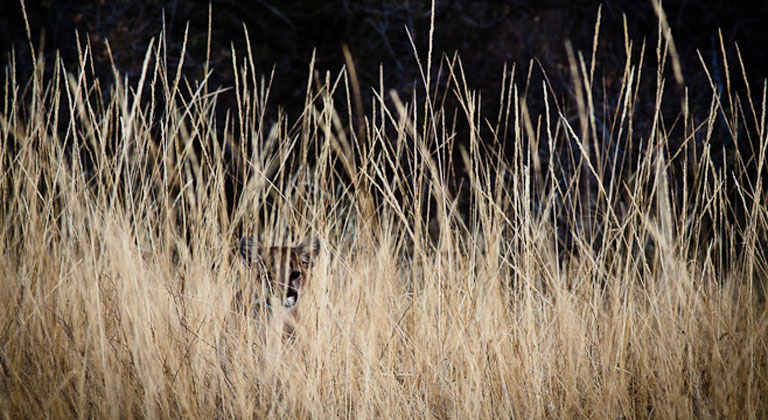
3. The Mountain Screamer
Sometimes called cougar, panther, catamount, or even, colloquially, the mountain screamer, the mountain lion isn’t really a lion at all. It’s missing the special larynx that larger cats have, so it cannot roar. However, it can purr, growl and even make a spine-chilling scream. Most of the time, though, the mountain lion's prey will not hear a thing until it's far too late. For an animal that can weigh anywhere from 60 to 200 pounds, they move in silence. (As a note, the photo above was taken at the NRA Whittington Center...and we only saw the female mountain lion because her tail twitched briefly above the grass!)
Mountain lions are "obligate carnivores," meaning they can only eat meat, but they’re not picky about what kind. They have been known to prey on everything from insects to moose. Although attacks on humans are still relatively rare, it has been known to happen. If you’re attacked, fight back however you can—do not run or try to “play dead,” as this encourages the mountain lion to continue.
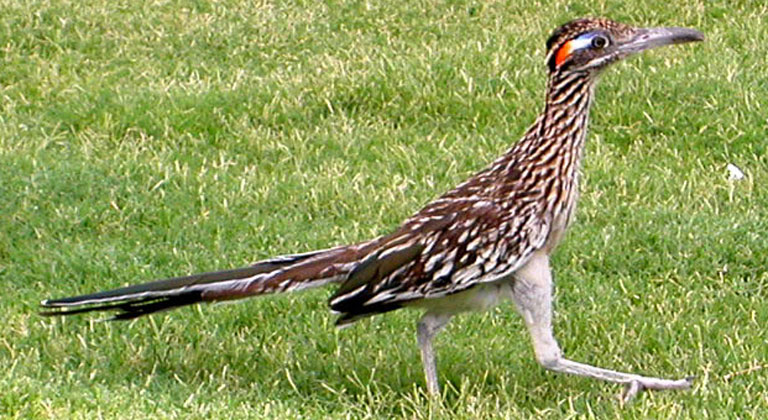
4. The Speedster
Although roadrunners have wings and are capable of short flights, they prefer to get around by running, and they do it at speeds of up to 17 miles per hour. They’re so quick that they can catch hummingbirds and dragonflies in flight. The scrappy bird even preys on rattlesnakes. Roadrunners use their beaks to grab rattlers by the tail, then crack them like whips and slam their heads into the ground until the rattlers die.
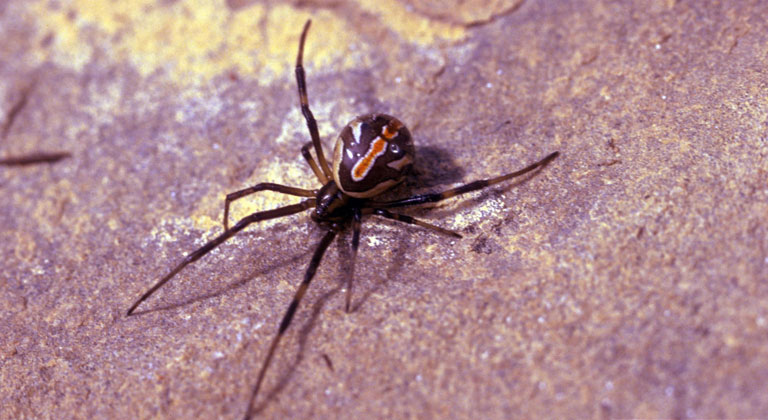
5. The Female of the Species
Black widow spiders can live just about anywhere that’s warm, but they thrive in the desert. To identify the black widow, look for the distinctive red or orange “hourglass” shape on the spider’s back and erratic, formless webs. The black widow’s venom is 15 times more toxic than that of the rattlesnake, but because it only injects a little bit of it, black widow bites seldom cause death to adult humans. (Of course, if you’re bitten, you should still get to a doctor right away.) Interestingly, only female black widows bite; males are harmless.
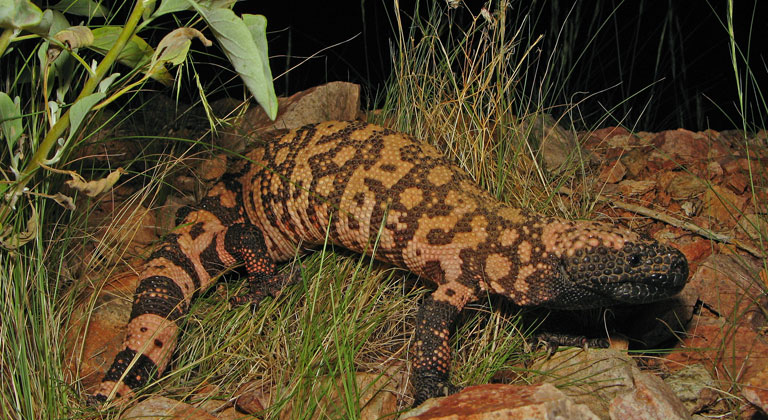
6. The Lethal Lizard
Speaking of venom, did you know that the Gila monster is one of only two venomous lizards in the world? Unlike snakes, which inject their venom with syringe-like teeth, the Gila monster delivers its poison by gnawing on its victim until the venom can flow from glands in the jaw down through grooves in its teeth. The Gila monster preys on birds, eggs and rodents during the summer, and stores fat in its thick tail and abdomen. It lives off of that fat during the winter.













